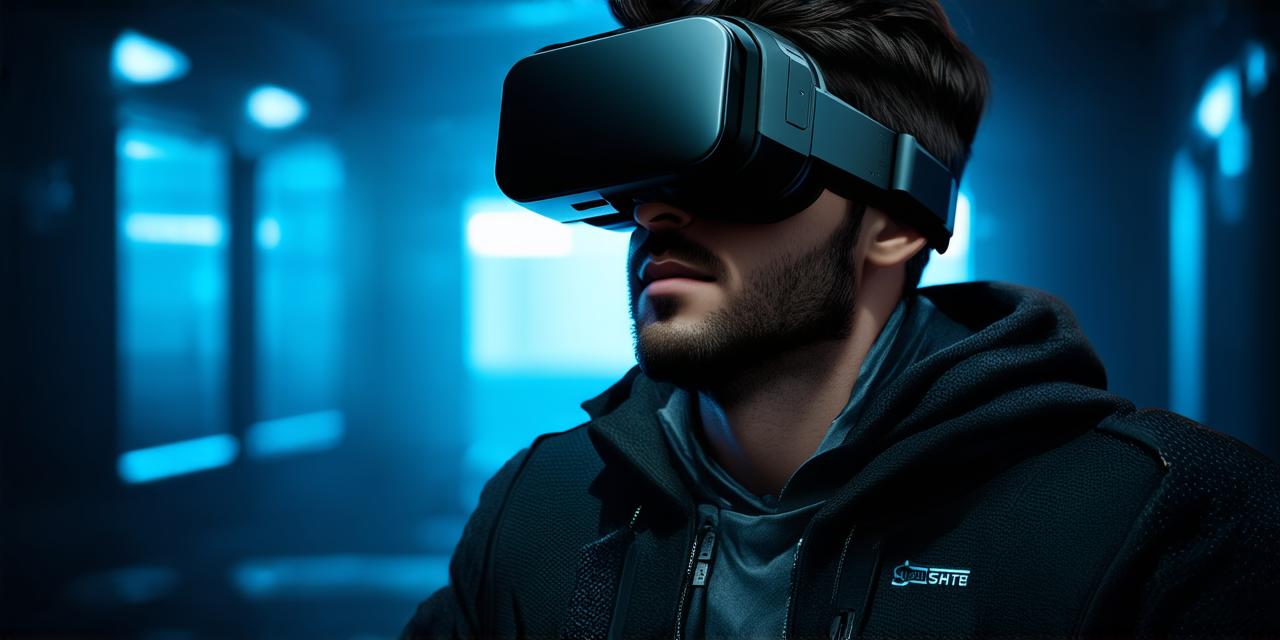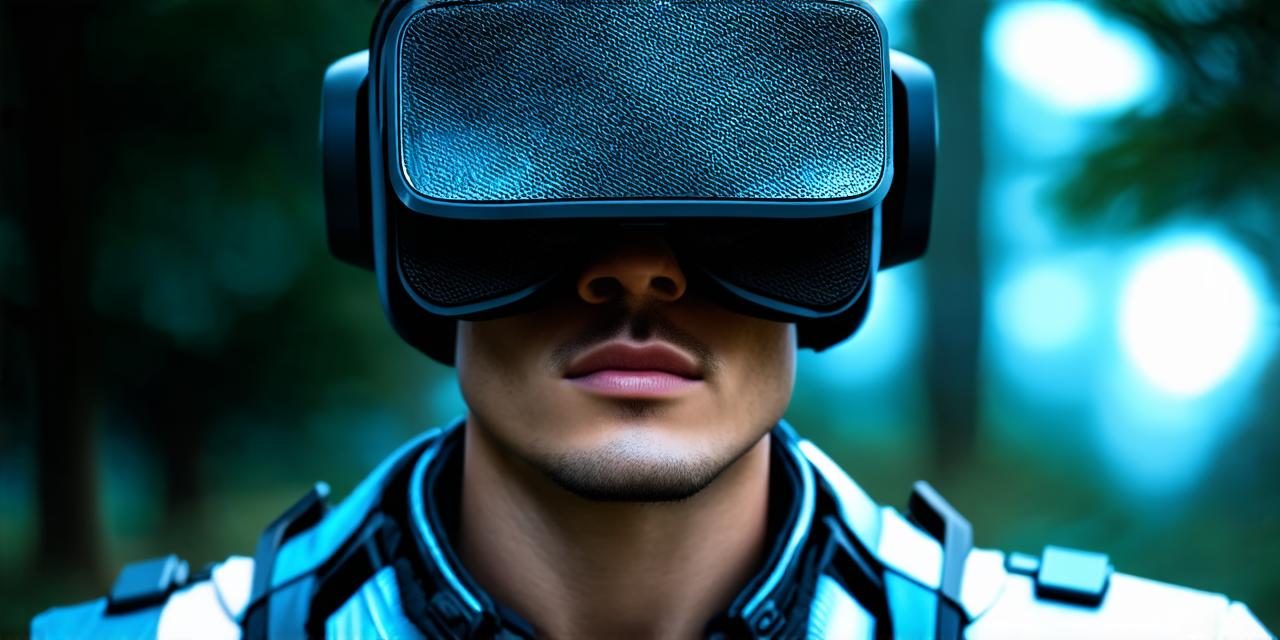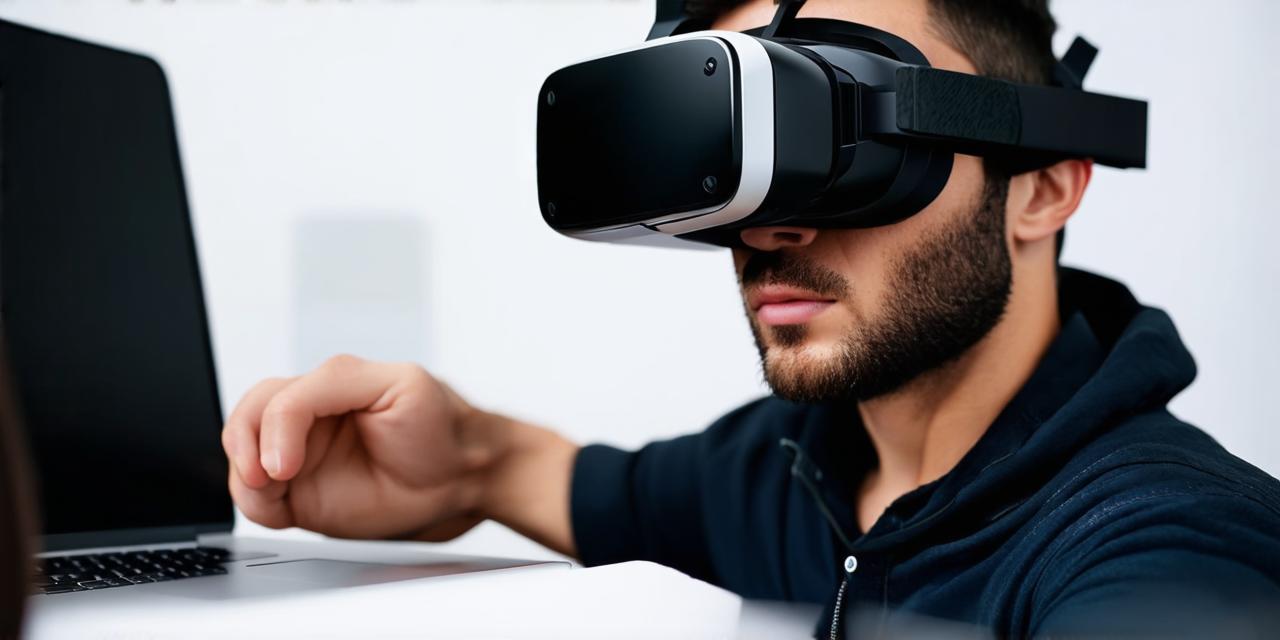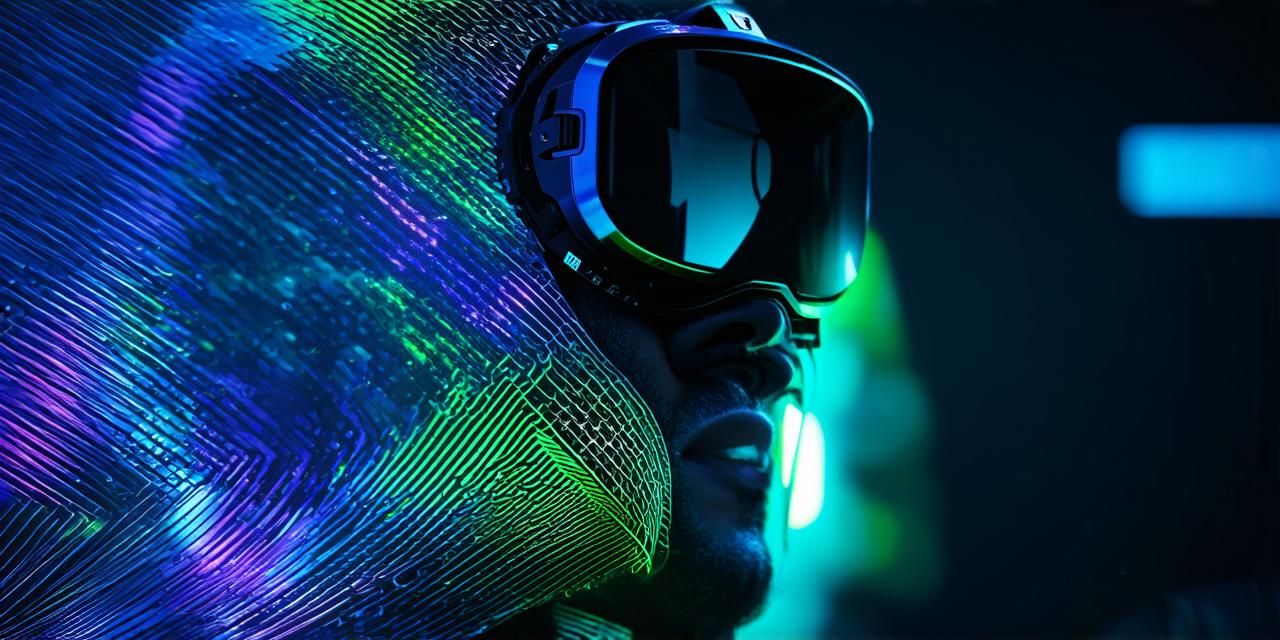Virtual reality (VR) technology has come a long way since its inception, and it’s now becoming increasingly popular among developers for creating immersive experiences. With VR, users can experience things that they might not be able to otherwise, such as exploring ancient ruins or flying on the back of a dragon. However, determining the optimal level of immersion in VR is crucial for creating truly engaging and realistic experiences. In this article, we will explore different factors that contribute to immersion in VR and how developers can optimize their VR applications for maximum impact.
What is Immersion in VR?
Immersion refers to the feeling of being fully present and engaged in a virtual environment. It’s the ability to forget about the real world and become one with the virtual environment. There are several factors that contribute to immersion in VR, including:
Field of View (FOV)
Field of view is the angle at which you can see when wearing VR headsets. A wider FOV allows for a more immersive experience, as it creates a sense of being surrounded by the virtual environment. For example, the Oculus Quest 2 has a FOV of 90 degrees, which is considered high-end and offers an excellent level of immersion.
Resolution
The resolution of the VR headset’s displays also plays a crucial role in creating an immersive experience. Higher resolution screens can create more detailed and realistic environments, making it easier for users to become fully immersed. For example, the HP Reverb G2 has a resolution of 2160×2160 pixels per eye, which is considered high-end and offers an excellent level of immersion.
Haptic Feedback
Haptic feedback refers to the physical sensations that users experience when interacting with virtual objects. This can include vibration, resistance, and force feedback. The more realistic the haptic feedback, the more immersive the experience will be. For example, the Oculus Quest 2 has built-in haptic feedback in the controllers, which adds to the overall immersion of the experience.
Motion Sickness
Motion sickness is a common issue with VR and can detract from the level of immersion. There are several factors that contribute to motion sickness, including the FOV, resolution, and movement speed. Developers can optimize their VR applications by minimizing these factors and providing users with options to adjust settings to their preferences.
Factors Affecting Immersion in VR
In addition to the factors mentioned above, there are several other factors that can affect immersion in VR. These include:
Realism
Realism is a crucial factor in creating an immersive VR experience. Users expect the virtual environment to be as realistic as possible, and developers must ensure that they create environments that are accurate representations of the real world. This includes everything from lighting and textures to sound effects and character animations.
Storytelling
Storytelling is another important factor in creating an immersive VR experience. Users want to feel like they’re part of the story, and developers must create engaging narratives that draw users into the virtual world. This includes everything from dialogue and character interactions to environmental cues and visual storytelling techniques.
Interactivity
Interactivity is essential for creating an immersive VR experience. Users expect to be able to interact with the virtual environment in meaningful ways, and developers must ensure that they provide users with intuitive and responsive controls. This includes everything from gesture recognition to haptic feedback and motion tracking.
Optimizing VR Applications for Maximum Immersion
Developers can optimize their VR applications for maximum immersion by considering the following factors:
User Controls
User controls are essential for creating an immersive VR experience. Developers must ensure that they provide users with intuitive and responsive controls that allow them to interact with the virtual environment in meaningful ways.
Realism
Realism is crucial for creating an immersive VR experience. Developers must ensure that they create environments that are accurate representations of the real world, including everything from lighting and textures to sound effects and character animations.
Interactivity
Interactivity is essential for creating an immersive VR experience. Developers must ensure that they provide users with engaging narratives and visual storytelling techniques that draw users into the virtual world.
Case Studies: Optimizing VR Applications for Maximum Immersion
There are several case studies of developers optimizing their VR applications for maximum immersion. One such example is the game “Beat Saber” by Beat Games. The game provides users with intuitive and responsive controls that allow them to interact with the virtual environment in meaningful ways, creating an immersive experience that keeps users engaged for hours.
Another example is the app “Job Simulator” by Oculus VR. The app provides users with a realistic virtual office environment where they can perform tasks such as answering emails and making phone calls. By providing users with an accurate representation of the real world, the app creates an immersive experience that allows users to fully engage with the virtual environment.
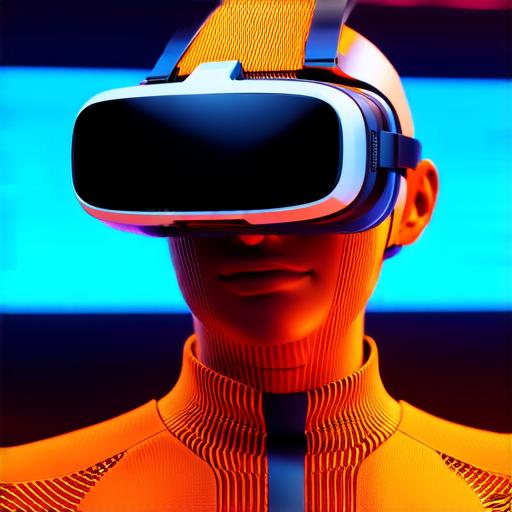
Expert Opinions: What Developers Need to Know
According to VR expert Dr. Nick Yee, “To create a truly immersive VR experience, developers must consider the user’s perspective and design experiences that feel natural and intuitive.” This includes everything from user controls to realism and interactivity.
VR expert Dr. Jaron Lanier agrees, stating that “The key to creating an immersive VR experience is to make users feel like they’re truly in the virtual environment. Developers must create environments that are accurate representations of the real world and provide users with intuitive and responsive controls.”
Real-Life Examples: How Immersion Affects Users
Immersion is a crucial factor in creating engaging and realistic VR experiences. By optimizing their VR applications for maximum immersion, developers can create experiences that truly transport users into the virtual world. For example, users of the game “Beat Saber” have reported feeling a sense of euphoria and flow while playing, indicating that the immersive experience has a positive impact on user emotions and well-being.
Summary: Determining the Optimal Level of Immersion in VR
Creating an immersive VR experience requires careful consideration of several factors, including field of view, resolution, haptic feedback, motion sickness, realism, storytelling, and interactivity. By optimizing their VR applications for maximum immersion, developers can create experiences that truly transport users into the virtual world. As VR technology continues to evolve, we can expect to see even more innovative ways of creating immersive experiences in the future.
